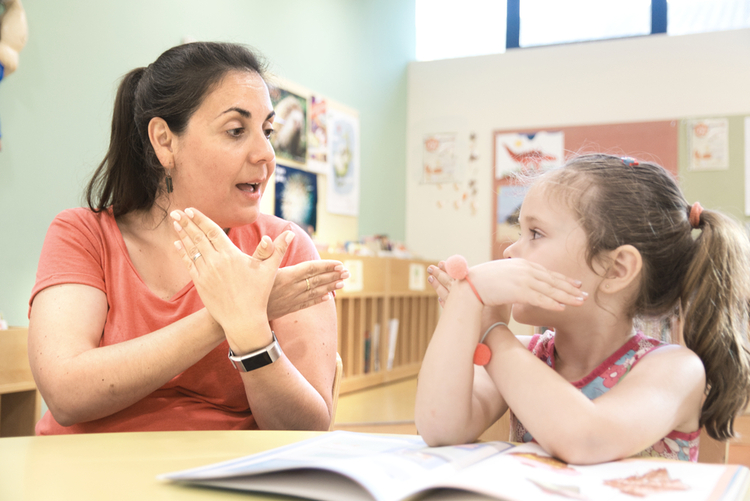Teaching Assistants – The Unsung Heroes of the Classroom

With the ever-growing pupil population and a demand for more one-to-one time with children, schools have more than doubled the presence of key support staff in the classrooms over the last few years to a point where over £4 Billion is spent annually on teaching and learning support assistants.
What is the role of the Teaching Assistant?
Traditionally, a teaching assistant’s (TA) or learning support assistant’s (LSA) main responsibilities are to support teachers by helping pupils with special educational needs or those who may have low attainment. By working alongside them, often in a one-to-one capacity, they can give the children additional support and these children, in turn, benefit from the confidence that the TA is always there to help them out and back them up.
Many schools employ TAs with specific specialisms – these maybe music or art, those trained in dealing with SEN or bilingual teachers – as some may find themselves working in a one-to-one capacity with children where English is not their first language.
Experienced TAs are also expected to supervise or even lead a class if the teacher is absent for a period of sickness or training. This is a fantastic experience for any TA aspiring to develop their teaching career with the ultimate goal of becoming a teacher themselves.
Is this the best use of the TA resource?
However, there are questions being asked about whether or not this is the best use of the TA resource. Should they really only be there to help those who are struggling, or should this be the remit of the teacher whilst the TA assists the other children in the classroom?
Indeed, in an age when time management is one of the greatest challenges that a teacher has, either in keeping classes to schedule, in the preparation required before a class, or the marking of work after school hours, is it possible that the TA could be the key to unlocking valuable lost time for the teacher?
It is possible that if TAs were able to collaborate more in the planning and preparation time, it could take the pressure off teachers, many of whom are suffering from high levels of stress and burnout. The downstream effect of this could be to create better learning environments, and delivering a higher rate of job satisfaction to all teaching staff, encouraging a higher staff retention rate.
This type of collaborative activity could also assist with delivering more structured interventions for those pupils who really need specially trained resource and whilst complementing and not deviating from the teacher’s lesson plan.
A Vital Resource
No matter how the resource of the teaching assistant is utilised, one thing is for certain – the TA is an absolutely vital resource for any school. They will always be there to ensure that pupils receive additional support, and they complement any classroom activity.
But, herein lies the biggest question – is a TA someone who complements or supplements the teacher and should they provide support to the whole class or to individuals? Only the schools themselves can decide how to best use these vital unsung heroes of the classroom.
